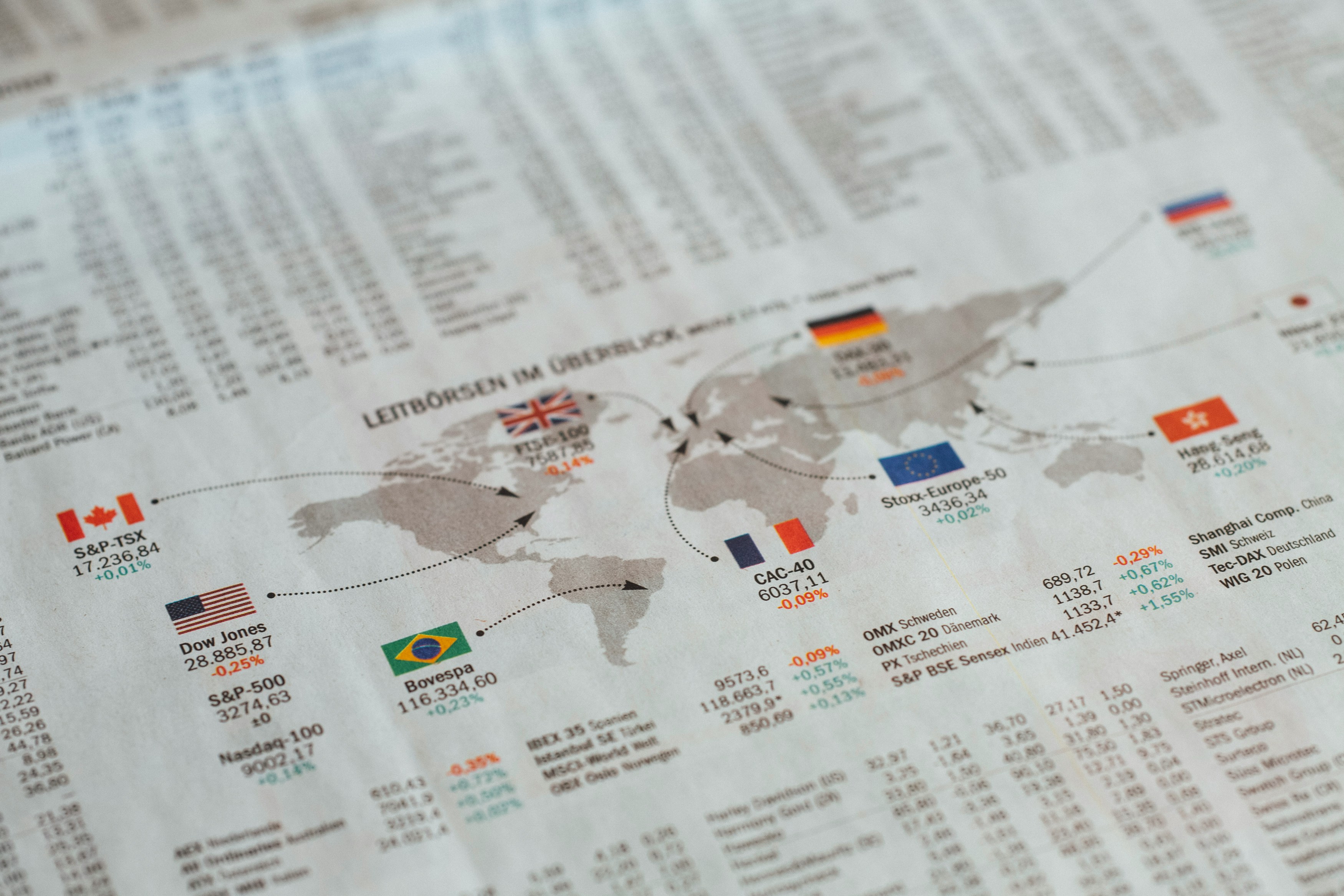As we cross the halfway mark of 2025, the MarTech sector continues to evolve at pace - driven by AI, customer expectations, and a renewed focus on ROI. Across Europe and North America, vendors and enterprises alike have been navigating a landscape shaped by consolidation, personalisation, and performance.
Here’s a look at some of the key developments from H1, and what they signal for the road ahead.
AI-Powered Personalisation Moves from Hype to Standard
One of the most visible trends this year has been the acceleration of AI across MarTech stacks - not just as a buzzword, but as a functional necessity. Leading players across the board are enhancing AI capabilities to deliver faster, more relevant, and more automated customer experiences:
- Adobe leaned heavily into generative AI with Firefly’s deeper Experience Cloud integrations and real-time personalisation enhancements in Journey Optimizer.
- Salesforce expanded Einstein GPT across its marketing and commerce clouds, with a strong focus on unified data, attribution, and journey orchestration.
- HubSpot, long seen as a mid-market favourite, launched AI-powered campaign builders and smart segmentation tools to help smaller teams do more with less.
- Oracle pushed further with AI and ML features in Eloqua and Unity CDP, adding predictive modelling and real-time scoring to enhance B2B personalisation.
- SAP Emarsys expanded automation features for loyalty and lifecycle marketing, with a focus on retail and e-commerce segments.
- Optimizely continued to strengthen its experimentation and content orchestration tools - bolstering support for composable, headless experiences.
But Where's the Human Touch?
Amid this wave of automation, a critical question is emerging: are we losing the human element in marketing?
Much of today’s marketing content is machine-generated, A/B tested, and optimised in real time. But many campaigns now feel sterile - missing the nuance, voice, and emotional intelligence that real humans bring.
More brands are recognising that just because something can be automated doesn’t mean it should be. In H2, we expect to see a renewed emphasis on creativity, empathy, and brand storytelling - qualities AI can assist with, but not replace.
Consolidation, Composability & Interoperability
With budgets under pressure, the push for consolidated, interoperable platforms continues. Vendors that enable modular integration and clean data flows are gaining traction.
- Twilio Segment and Braze are increasingly at the heart of customer engagement stacks - delivering real-time data activation and behavioural messaging capabilities that plug into larger ecosystems.
- Acquia and Sitecore continue to attract mid-market and enterprise businesses with their composable DXP approaches, API-first architectures, and strong partner networks.
- Larger vendors like Salesforce and Oracle are doubling down on platform-wide integration, ensuring cross-cloud customer data remains actionable and privacy-compliant.
At the same time, there's a clear move away from bloated, legacy implementations. Businesses want scalability without complexity - tools that play nicely together and allow for experimentation without long implementation cycles.
Hiring Trends
🇬🇧🇪🇺 Europe:
- MarTech specialists, especially in AEM, CDPs, and composable architectures, remain in demand.
- Agencies and consultancies across the UK, Nordics, and DACH are scaling their delivery teams to support platform migrations and CX transformations.
- There’s growing appetite for contract and freelance talent, offering flexibility in uncertain economic conditions. Something that has been missing over past years.
🇺🇸🇨🇦 North America:
- Demand has rebounded for Marketing Operations, CDP consultants, and AI/ML-integrated campaign managers, particularly in enterprise verticals.
- The rise of hybrid GTM roles, where individuals juggle marketing, data, and product, is creating a new breed of MarTech professional.
- Vendors and SI partners are also investing in pre-sales and solution consultant roles, signalling a more strategic approach to platform delivery.
- We're seeing a continued shift away from traditional onshore/offshore delivery models toward onshore and nearshore teams - with time zone alignment increasingly taking priority over minimal cost savings.
Looking Ahead & What to Watch in H2
- M&A activity is likely to accelerate, with platform vendors absorbing niche players in orchestration, consent management, and AI-powered creative tools.
- First-party data strategy remains a top priority as cookies continue to phase out. Expect more investment in server-side tagging and CDP enablement.
- Talent gaps in creativity and critical thinking may become more evident. As AI handles the repetitive tasks, people who bring insight, context, and emotional intelligence will become even more valuable.
The MarTech landscape in H1 2025 has been defined by speed, scale, and smart automation. But heading into H2, the brands that win will likely be those that recentre around creativity, context, and connection... not just capability.
In short: the future of MarTech might be powered by AI, but it still belongs to humans.

